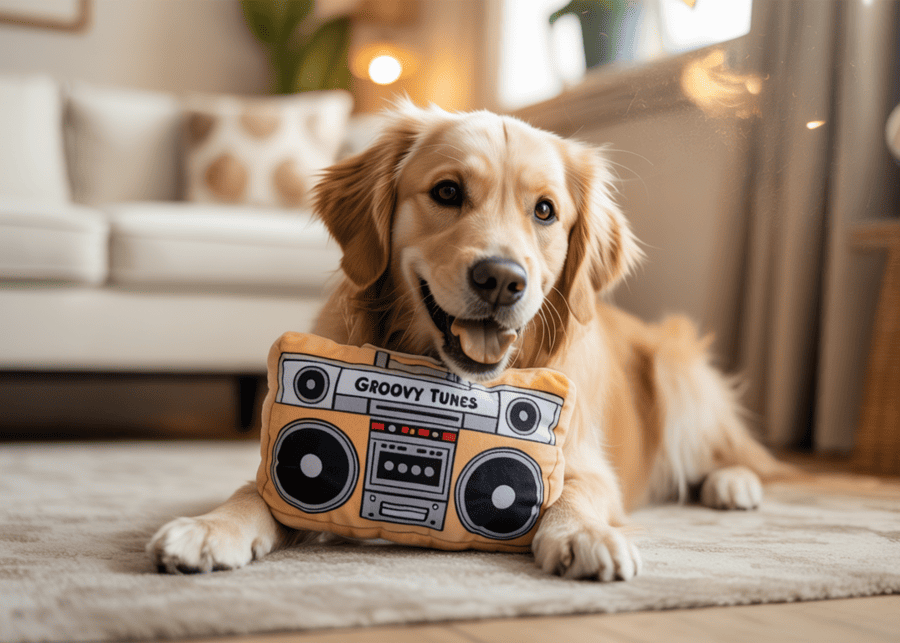Your brand is successful, but you’re seeking new growth. Entering the pet market seems complex, but custom plush toys offer a strategic way to connect with a passionate new audience.
By creating custom plush dog toys that leverage your current brand identity, you can strategically enter the booming pet market. This approach offers a unique, branded product to pet-owning customers, tapping into their loyalty and creating a powerful new revenue stream for your business.
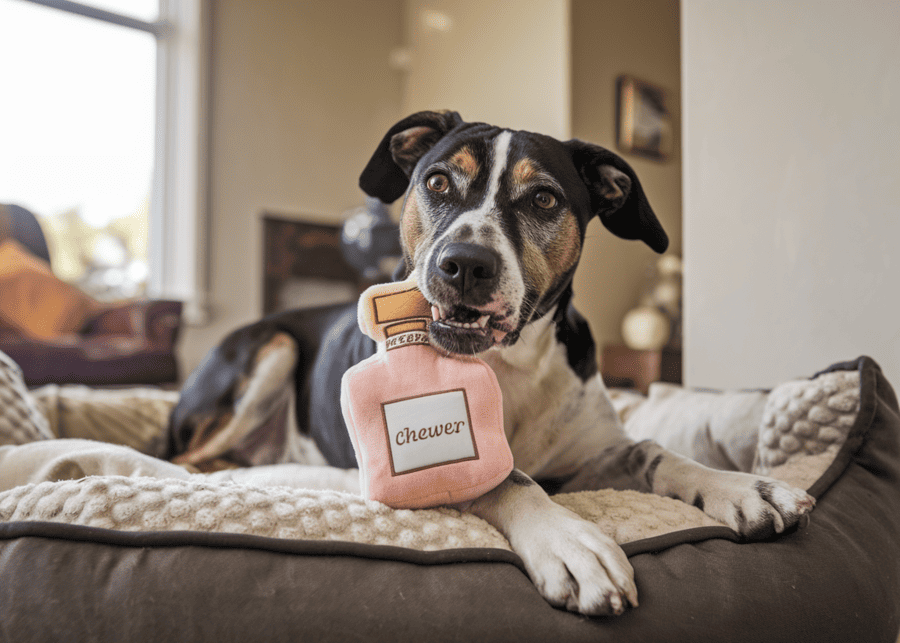
This sounds great in theory, but how do you actually make it happen? It’s a journey from recognizing the opportunity to seeing your custom toy in a happy dog’s mouth. Let’s break down the process, starting with why this is such a powerful opportunity right now. We’ll walk through the strategy, execution, and launch, sharing what we’ve learned from helping countless brands like yours succeed.
Why Are Existing Brands Choosing Pet Market Expansion Over Other Industries?
Are you searching for stable, reliable growth? Many industries are volatile, but the pet market offers consistent expansion driven by the deep emotional bonds between owners and their pets.
Brands are expanding into the pet market because it is a rapidly growing, recession-resilient industry. Consumers view pets as family and consistently spend on them, offering a stable and passionate customer base that is less affected by economic downturns.
From our experience as a manufacturer, we see this trend firsthand. The global pet market isn’t just large; it’s growing steadily year after year. This isn’t just a business trend; it’s a cultural one. More and more people consider their pets to be full-fledged family members. This "humanization" of pets means owners are willing to spend more on high-quality products that bring their pets joy and comfort.
During uncertain economic times, people might cut back on personal luxuries, but spending on their pets often remains a priority. This emotional connection creates a remarkably stable market. We’ve worked with clients from incredibly diverse sectors—from sporting goods to lifestyle brands—who have recognized this stability. They see the pet market1 not as a risky venture, but as a secure way to grow their brand and connect with customers on a deeper, more personal level.
What Makes Custom Plush Dog Toys a Strategic Entry Point for Brand Expansion?
Do you want to enter the pet market? Developing a completely new product line can be expensive and risky. Custom plush toys offer a low-cost, high-impact entry point for your brand.
Custom plush dog toys are a strategic entry point because of their relatively low manufacturing cost, high design flexibility, and strong appeal. They allow a brand to test the market and build recognition without the high investment required for other pet products.
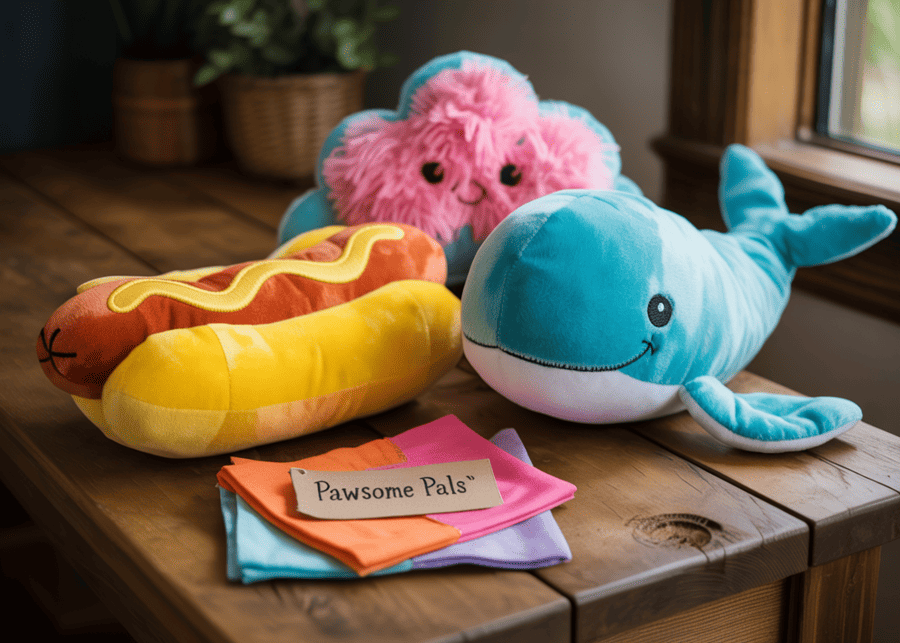
Plush toys are one of the most effective ways to dip your toes into the pet industry. Compared to products that require expensive molds, like plastic bowls or complex electronic devices, the startup costs for plush toys are significantly lower. This means you can create something unique without a massive upfront financial commitment.
The real magic is in the design flexibility. A plush toy can be made into literally anything. It can be a miniature version of your best-selling product, your company mascot, or an object that represents your brand’s spirit. We recently worked with a client, Garrett, who owns a successful pickleball paddle brand. He wanted to extend his brand’s reach. We helped him design and produce a custom plush dog toy shaped exactly like his most popular paddle. It was a huge hit with his customers, who are often dog owners themselves. This strategy is brilliant because it’s not just a toy; it’s a piece of brand merchandise that strengthens community ties.
How to Identify Your Brand’s Unique Selling Proposition in the Pet Toy Market?
The pet toy market is crowded. You might wonder how your brand can possibly stand out. Your existing brand identity is your secret weapon for creating a unique selling proposition (USP).
Identify your USP by first looking at your existing brand. Replicate the design of your best-selling products, use your signature colors and logos, or embody your brand’s core message. This creates an instant connection with your current customers and their pets.
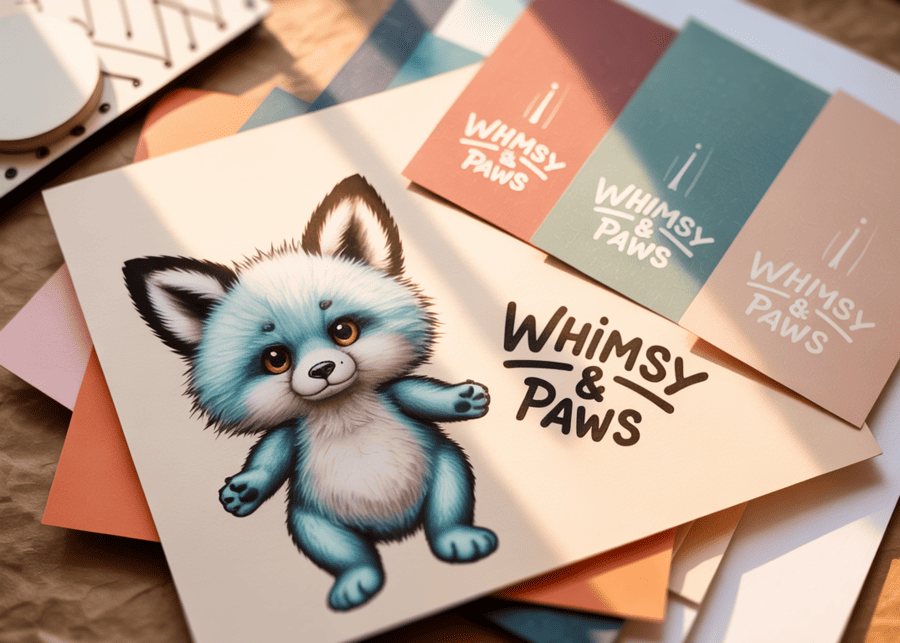
Your goal isn’t to compete with generic, mass-market toys. Your goal is to create something special that only your brand can offer. The first step we always recommend to our clients is to look inward at what makes their brand unique. Don’t invent something new; leverage what you’ve already built. Think about what your customers already love about you.
Here’s how you can translate your brand into a unique toy:
| USP Approach | Example | Why It Works |
|---|---|---|
| Product Replication | A popular sneaker brand creates a plush sneaker toy. | Leverages the fame and design of an existing hero product. |
| Brand Element Focus | A coffee shop makes a plush toy of its branded cup. | Reinforces brand identity and everyday recognition. |
| Brand Ethos Embodied | An outdoor gear company designs a rugged, durable toy. | Aligns with the brand’s core values of toughness. |
Once you have this core concept, you can enhance it with functional features. For that rugged outdoor toy, you could add durable, crinkly materials inside. For the plush coffee cup, you could design it as a treat-hiding puzzle toy. The key is to start with your authentic brand story and then add the playful, dog-friendly features.
Which Target Demographics Should Brands Focus on When Entering the Pet Market?
You want to sell to "pet owners." But that group is incredibly diverse and broad. Targeting a specific niche within the pet owner demographic is the real key to success.
Brands should first focus on their existing customer base who are also pet owners. Beyond that, segment the market by dog size (small vs. large), play style (gentle players vs. heavy chewers), or owner lifestyle (active vs. homebodies).
Your first and most important target audience is already in your database: your existing loyal customers. These people already know, like, and trust your brand. If they are also pet owners2, they are the most likely group to be excited about your new product line. You don’t have to convince them of your brand’s quality; you just have to introduce them to your new offering.
From there, you should get more specific. Think about how your brand identity aligns with different types of dogs and owners. For example, if your brand is known for delicate, finely crafted goods, you might target owners of small dogs who are gentle players. If your brand is known for durability and toughness, like a workwear or automotive company, you should absolutely target owners of large dogs or known "power chewers." You can design your toy with reinforced stitching and tougher fabrics to meet their needs. This alignment feels natural to the customer and reinforces your brand’s core promises in a new product category.
How to Leverage Existing Brand Equity for Pet Product Line Success?
You have spent years building your brand. The thought of launching a new product line can feel like starting over from scratch. The good news is, your brand equity is your biggest advantage.
Leverage your brand equity by incorporating your logo, brand story, and design language into the pet toys. Market the new products to your existing email list and social media followers, creating a seamless brand extension that loyal customers will embrace.
Your brand equity3 is the trust and recognition you’ve already earned. This is your shortcut to success in the pet market. When customers who trust your primary products see that you now offer something for their pets, that trust is automatically transferred. You bypass the skepticism that most new brands have to overcome.
The key is to make the connection obvious and authentic. Use your marketing channels to tell the story behind the new product. Let’s go back to Garrett’s pickleball paddle toy. He marketed it to his community of pickleball players. The story was simple: "You love the game, and now your dog can be a part of it too." This wasn’t just selling a toy; it was deepening the community connection4. You can do the same. Announce the launch to your email list. Post about it on your social media with pictures of your team’s dogs playing with the new toy. Frame it as a natural extension of who you are. This makes the purchase feel less like a transaction and more like a fun way for customers to share a brand they love with their furry family members.
What Are the Essential Steps for Custom Plush Dog Toy Design and Production?
You have a great idea for a custom dog toy. But turning that idea into a physical product can seem overwhelming. A clear, step-by-step process with the right partner makes it simple.
The process involves four main stages: 1) Concept finalization by providing sketches or ideas, 2) Design and sampling to get a physical prototype, 3) Mass production of your order, and 4) Quality control and shipping. A good manufacturer guides you through each step.
Over our 10+ years in business, we’ve refined this process to be as smooth and transparent as possible for our clients. Here’s how we turn your vision into a reality:
Step 1: Concept and Design
It all starts with your idea. You can provide us with anything—a photograph of your existing product, a simple hand-drawn sketch, your brand logo and colors, or just a conceptual description. From there, our design team gets to work, creating a professional design draft for you to review, completely free of charge. We will work with you on revisions until the design is exactly what you envision.
Step 2: Prototyping and Sampling
Once you approve the final design, we move to the physical stage. We confirm all the details: final dimensions, specific colors (using Pantone codes), and how your brand elements will be applied (e.g., an embroidered logo, a woven tag, or a heat-transfer pattern). We help you select the best, pet-safe fabrics. Then, we create a physical sample and send it to you. This is your chance to see and feel the product before committing to a full production run.
Step 3: Mass Production and Quality Control
After you approve the sample, mass production begins. Our teams ensure that every single unit produced is an exact match to the sample you signed off on. Rigorous quality control checks are performed throughout the manufacturing process to maintain consistency and safety.
Step 4: Custom Packaging and Shipping
Finally, we produce your custom-branded packaging and carefully pack your order. We optimize the packing to minimize shipping volume, saving you money on freight costs. We handle all the logistics to get your new product from our factory to your warehouse.
How to Choose the Right OEM/ODM Manufacturer for Custom Pet Toys?
You know you need a manufacturing partner. But when you search online, many factories can look the same. Choosing the right one depends on asking about their experience, process, and communication.
Choose a manufacturer with proven experience in custom plush toys, like us. Look for strong design capabilities (ODM), clear communication, a transparent quality control process, and a portfolio of successful projects. Always ask for case studies to verify their expertise.
Finding the right partner is the most critical decision you’ll make in this process. A great partner makes everything easier, while a poor one can cause endless headaches. Based on what our successful clients value, here are the key factors to look for:
| Key Factor | What to Look For | Why It Matters |
|---|---|---|
| Specialization | A factory that focuses specifically on pet toys, especially plush items. | They understand pet safety standards, durable materials, and dog-specific design needs. |
| Design Services | In-house ODM (Original Design Manufacturing5) capabilities. | They can help you translate your brand concept into a viable, manufacturable product. |
| Communication | A dedicated, responsive contact person who speaks your language clearly. | Clear communication is vital to avoid misunderstandings, mistakes, and delays. We offer 24/7 one-on-one support. |
| Quality Control | A clear, documented QC process they are willing to share with you. | This ensures your products will be consistent and safe, protecting your brand’s reputation. |
| Social Proof | Real case studies, client testimonials, and examples of past work. | This is proof that they can actually deliver on their promises. |
Don’t be afraid to ask detailed questions. A good manufacturer will be happy to walk you through their process, show you examples, and connect you with a dedicated professional to answer all your questions. This initial diligence pays off immensely in the long run.
What Quality Standards Must Custom Plush Dog Toys Meet for Market Success?
You want to launch a great toy that customers love. A low-quality product can quickly damage your hard-earned brand reputation. Adhering to key quality standards ensures safety, durability, and customer satisfaction.
Custom plush toys must be made from non-toxic, pet-safe materials. They need durable construction with reinforced stitching to withstand chewing and play. Quality control should ensure consistency in size, color, and branding across the entire production run.
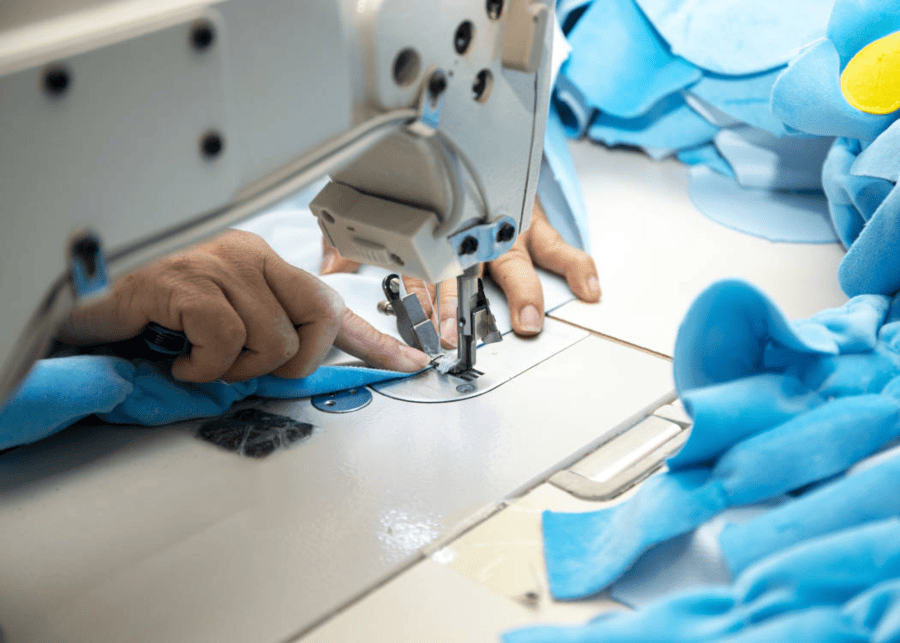
Quality isn’t just a feature; it’s a requirement for brand protection and customer trust. When we manufacture toys for our clients, we focus on three core areas of quality assurance:
First, Material Safety. It all starts with the raw materials. We have a strict vetting process for our suppliers and ensure every batch of fabric and dye is non-toxic and meets safety standards. A dog will be chewing on this product, so there can be no compromise on the safety of the materials.
Second, Construction Durability. Dogs play rough. A toy that falls apart in five minutes leads to unhappy customers and bad reviews. We focus on strong, reinforced stitching, especially at the seams. We also ensure that any attached parts, like squeakers or brand tags, are securely fastened to prevent them from becoming choking hazards.
Third, Production Consistency. This is where our quality control process shines. We guarantee that the 1,000th toy we produce looks and feels exactly like the approved sample you held in your hands. We meticulously check that the appearance, materials, logo application, and packaging are perfect for every single item. Before anything ships, we provide our clients with photos of the finished products, the packaging, and even the container being loaded, so there are no surprises.
How to Price Custom Plush Dog Toys for Maximum Profit and Market Penetration?
Your product is designed and you have a manufacturer. Now you need to set a price. If you price too high, no one buys. If you price too low, you lose profit. Strategic pricing balances production cost, brand value, and market perception.
Price your toys by calculating your total landed cost (production + shipping), then add a margin that reflects your brand’s perceived value. Research competitor pricing, but don’t just copy it. Your unique brand story allows for premium pricing.
Pricing is part art, part science. First, you need to know your numbers. Calculate your landed cost per unit, which is the manufacturing cost plus the cost of shipping, insurance, and any import duties. This is your breakeven point.
Next, you need to determine your margin. This is where your brand’s value comes into play. Don’t just look at a generic toy in a big-box store and try to match its price. You are not selling a generic toy. You are selling a piece of your brand. Garrett’s pickleball paddle toy is a perfect example. It’s not just a dog toy; it’s a novelty item for members of his brand’s community. That inherent value allows him to price it higher than a simple plush ball. Your customers are paying for the unique design, the connection to a brand they love, and the story behind it. This value-based pricing6 approach allows you to capture more profit while delivering a product that customers feel is special and worth the price.
Which Sales Channels Work Best for New Pet Toy Brand Launches?
Your product is finally ready to go. But where do you actually sell it? The best approach is to leverage your existing channels first, then strategically expand to new, pet-focused ones.
The best initial sales channel is your own e-commerce website, selling directly to your loyal customers. After that, consider online pet marketplaces, collaborations with pet influencers, and partnerships with independent pet boutiques that align with your brand’s image.
You don’t need to be everywhere at once. A focused launch is more effective. Here’s a path we’ve seen work well for many brands:
-
Direct-to-Consumer (D2C): Start by selling the toy on your own website. This gives you the highest profit margins and complete control over your brand’s message. Announce the launch to your email subscribers and social media followers. This is your core, low-hanging fruit.
-
Social Commerce: Utilize platforms like Instagram and Facebook Shops. Plush toys are visually appealing and make for great content. You can run targeted ads to pet owners who also follow brands similar to yours, making it a great channel for discovery and impulse buys.
-
Strategic Wholesale: Once you’ve proven the concept and have some sales data, you can approach wholesale partners. This doesn’t have to be a huge supermarket chain. Start with independent pet boutiques or online stores whose brand ethos aligns with yours. This builds brand prestige and gets your product in front of dedicated pet-owner audiences. This is the model our client Judy from Germany uses, sourcing proven products for her chain of pet stores.
What Can Brands Learn from Successful Pet Market Expansion Case Studies?
You want to avoid rookie mistakes. Theory is good, but seeing how others have succeeded provides a much clearer blueprint for what actually works in the real world.
Successful case studies, like a pickleball brand creating a paddle-shaped dog toy, show the power of authenticity. The key lesson is to leverage your unique brand story and community to create a product that feels like a natural, genuine extension.
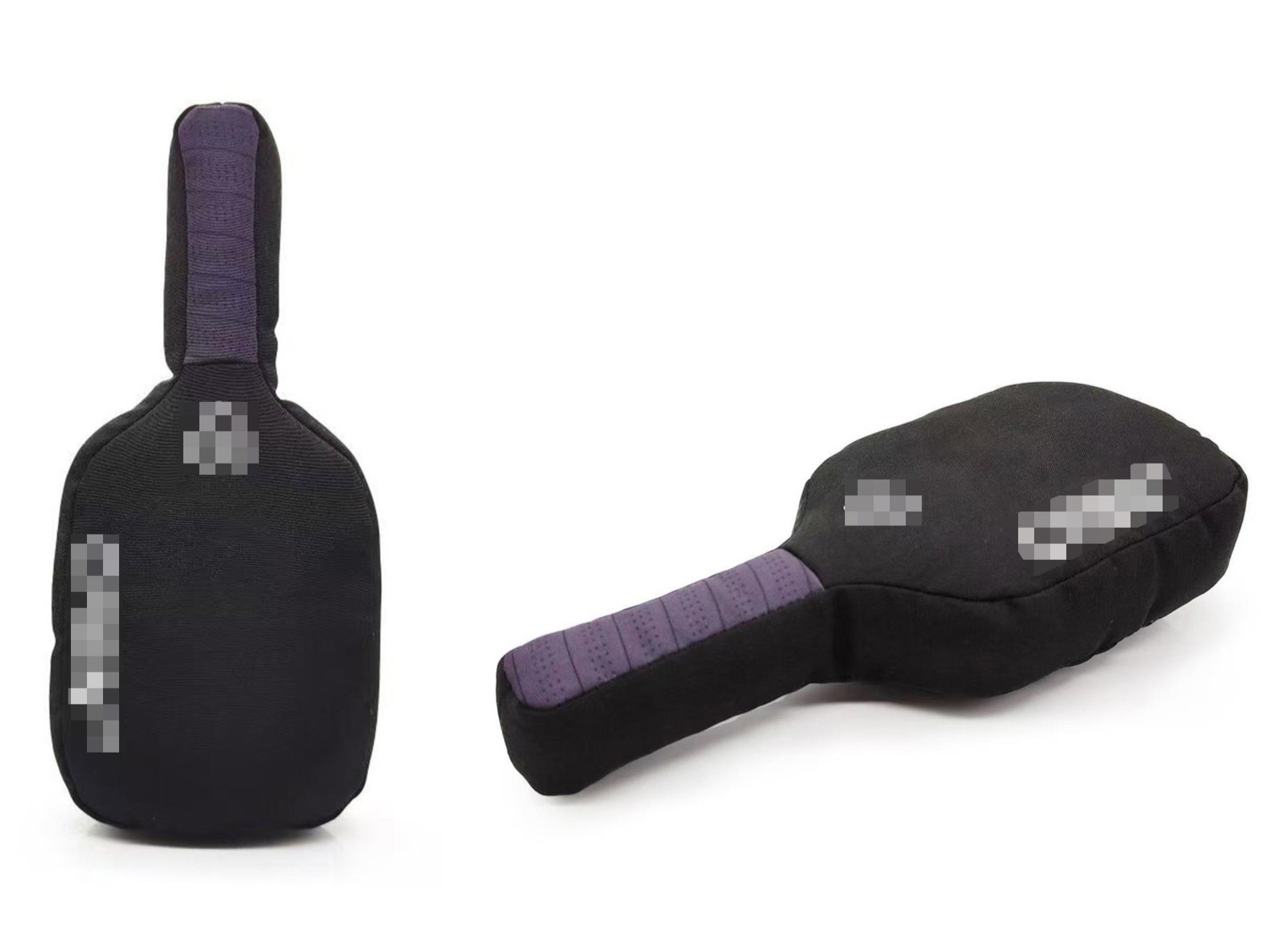
Let’s look closer at the case of our client, Garrett. He owns a successful brand of custom pickleball paddles in the USA. He had built a strong, dedicated community around his brand. He noticed that many players brought their dogs to pickleball courts and events, but the dogs were often bored. He saw an opportunity.
Garrett came to us with a unique ODM request: to design and produce a custom plush dog toy that looked exactly like his best-selling paddle. He wanted it to be durable and bite-resistant. This wasn’t just a random idea; it was a solution to a problem he observed within his own community.
The result was a huge success. The toy provided entertainment for the dogs, but more importantly, it served as a brilliant brand extension. It strengthened his connection with his existing customers, introduced his brand to a wider audience of pet owners at the events, and created an entirely new revenue stream. The key lesson here is authenticity. The product made perfect sense for his brand and his community. It wasn’t forced; it was a natural fit.
What Common Mistakes Should Brands Avoid When Entering the Pet Toy Market?
You’re excited and ready to launch. But a few common pitfalls can easily derail your success before you even start. Knowing these mistakes beforehand helps you navigate your market entry smoothly.
Avoid these mistakes: 1) Creating a generic toy with no brand connection. 2) Ignoring pet safety and durability standards. 3) Underestimating shipping and logistics costs. 4) Choosing a manufacturer based solely on the lowest price.
From our position, we’ve seen brands succeed, and we’ve seen them struggle. The struggles often come down to a few avoidable errors.
-
Forgetting Your "Why." The biggest mistake is creating a generic product and just slapping a logo on it. Customers can see through this. The toy must have a reason to exist that is connected to your brand’s story or products. Without that connection, it’s just another toy in a sea of toys.
-
Skimping on Quality and Safety. This is non-negotiable. A single incident of a dog getting sick from a toxic material or choking on a poorly made toy can destroy your brand’s reputation, not just in the pet market, but across all your products. This is why choosing a partner with strict quality control is essential.
-
Ignoring the "Hidden" Costs. Many brands get excited about a low unit price from a factory but forget to account for shipping, import duties, and warehousing. These costs add up. We always work with our clients to optimize packaging and logistics to make these costs as transparent and low as possible.
-
Choosing a Partner on Price Alone. We’ve had clients like Garrett and Judy come to us after having terrible experiences with other suppliers. They faced communication barriers, unreliable shipping, and inconsistent quality. A cheap manufacturer that causes delays and delivers a poor-quality product will cost you far more in the long run through lost sales and brand damage.
Conclusion
Expanding your brand into the pet market with custom plush toys is a powerful strategy. Focus on authenticity, quality, and the right manufacturing partner to ensure a successful launch.
-
Explore this link to understand the dynamics and growth potential of the pet market, which is crucial for brands considering expansion. ↩
-
Understanding the demographics of pet owners can help brands tailor their products and marketing strategies effectively. ↩
-
Understanding brand equity can help you leverage your existing reputation for successful product launches. Explore this resource to learn more! ↩
-
Building a community connection can significantly enhance customer loyalty. This resource offers insights on fostering that connection effectively. ↩
-
Understanding ODM can enhance your product development process, making it easier to bring your ideas to life with the right partner. ↩
-
Value-based pricing can significantly enhance your profit margins by aligning price with perceived value. Discover its benefits here. ↩

